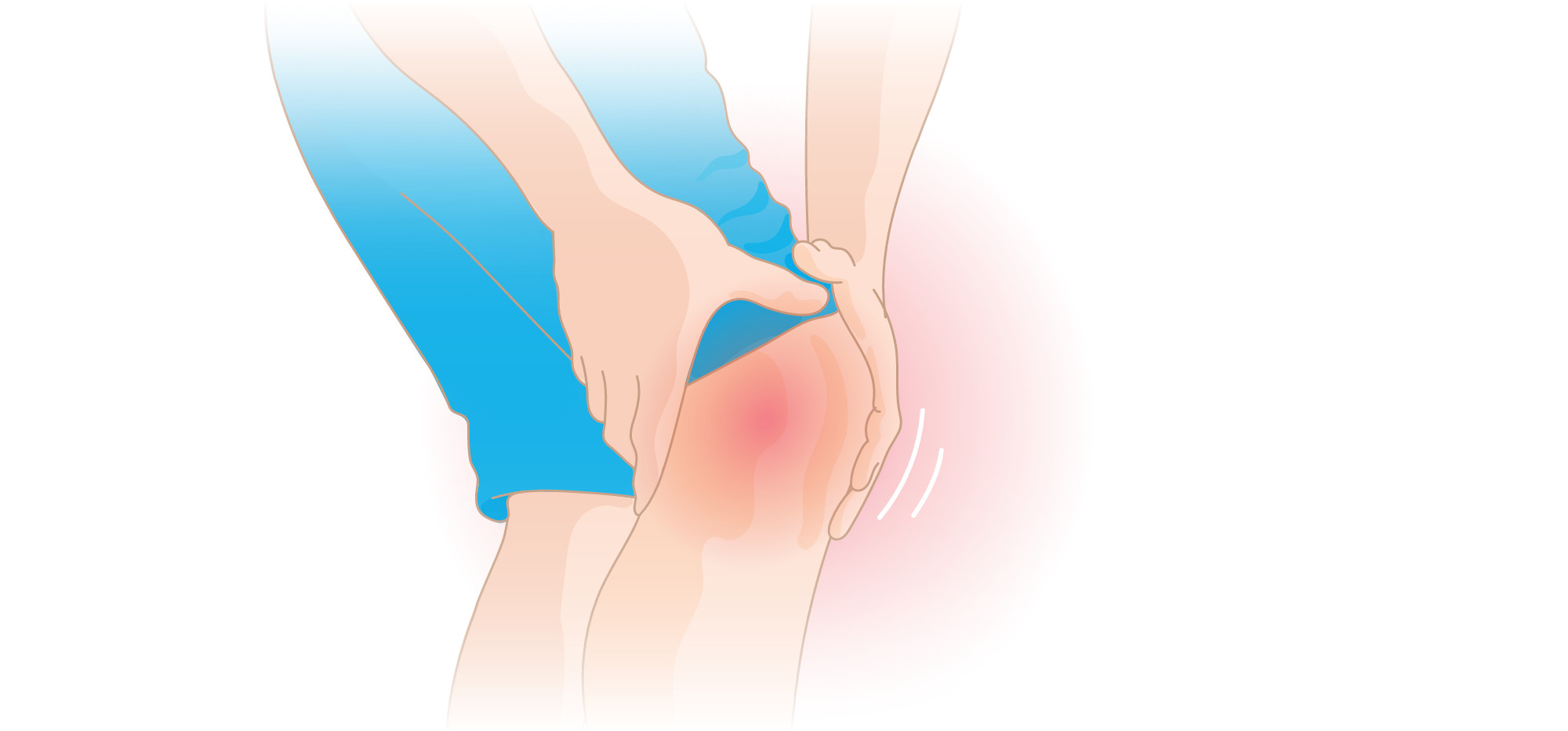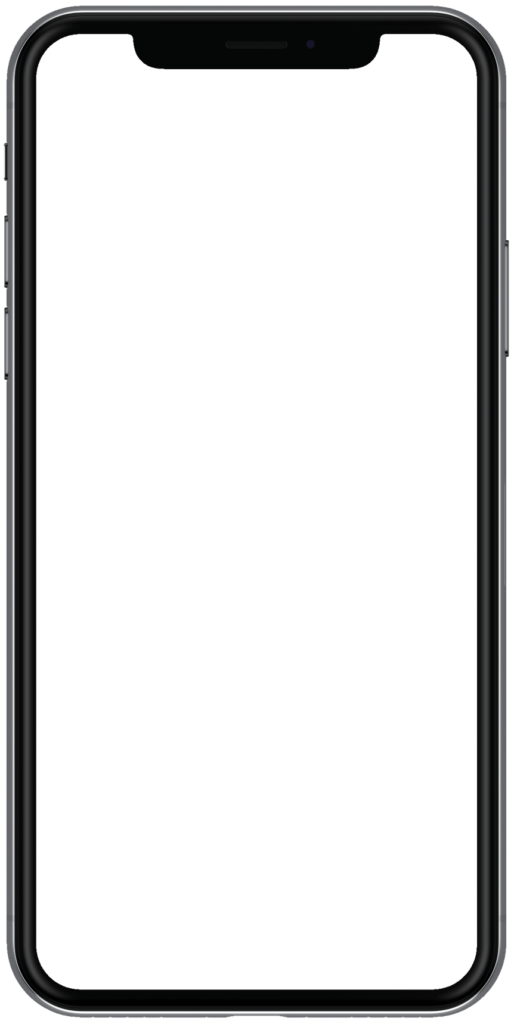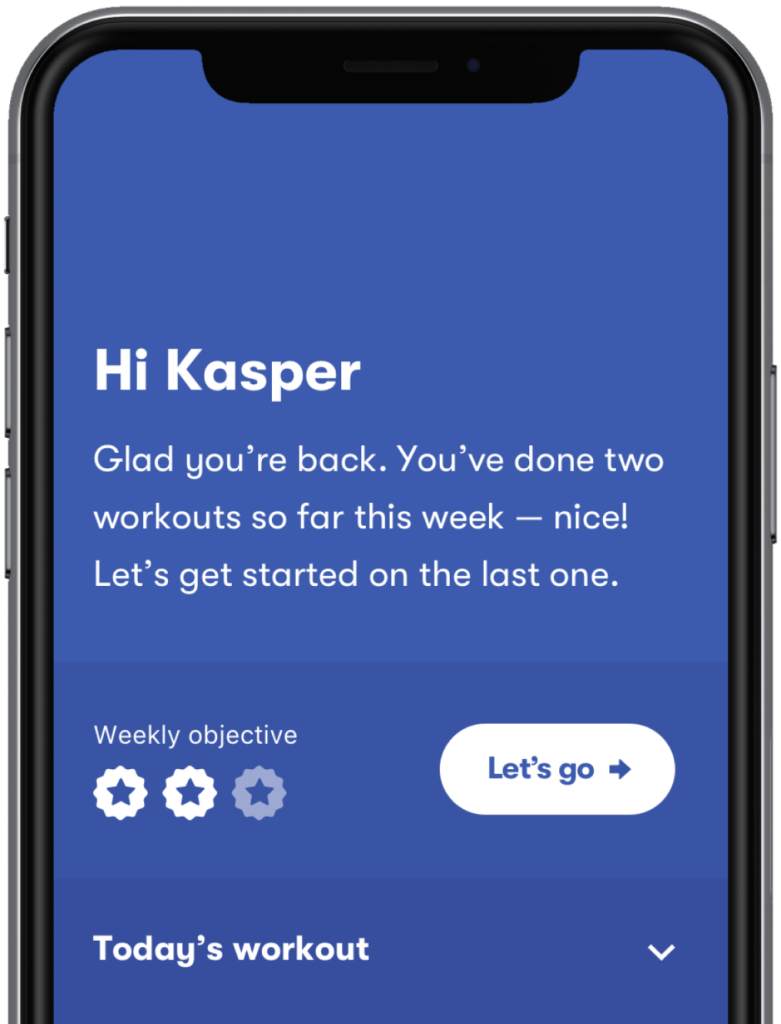The IM Guide To What Is Causing Your Injury
Trying your best to lead an active lifestyle but are sidelined by an injury? Let us help you identify the cause and return to a pain-free life sooner. All injuries are different, depending on their severity. This dictates the length of time you’ll require for your recovery. We’ll help you understand exactly what each injury means – to make your rehab as efficient as possible. With your focus and energy on the right areas of rehabilitation, you’ll return to sport, work and your normal lifestyle more as quickly as possible. You’ll also avoid future reinjury.
Basic anatomy first. Soft tissue injuries are usually the most common, as they are the closest to the surface of the body as well as being more fragile than the bone they cover. This includes the muscles, tendons or ligaments, but what exactly are these structures?
1. Muscles
Muscles are the fleshy portions of soft tissue that lie over the top of your bones and are responsible for moving your limbs by providing force and motion. They are made up of fibres which are unfortunately susceptible to tears when placed under tension and overstretched.
2. Tendons
Tendons are connective tissues made of cartilage, that act like ropes to attach muscles to their supporting bone. They are able to withstand some amount of strain but aren’t as flexible as muscles.
3. Ligaments
Ligaments are strong bands of connective tissue that attach one bone to the adjacent bone. Unfortunately, they are quite inelastic and don’t have a very good blood supply so if they are torn, they aren’t able to heal themselves and sometimes might require surgical repair.
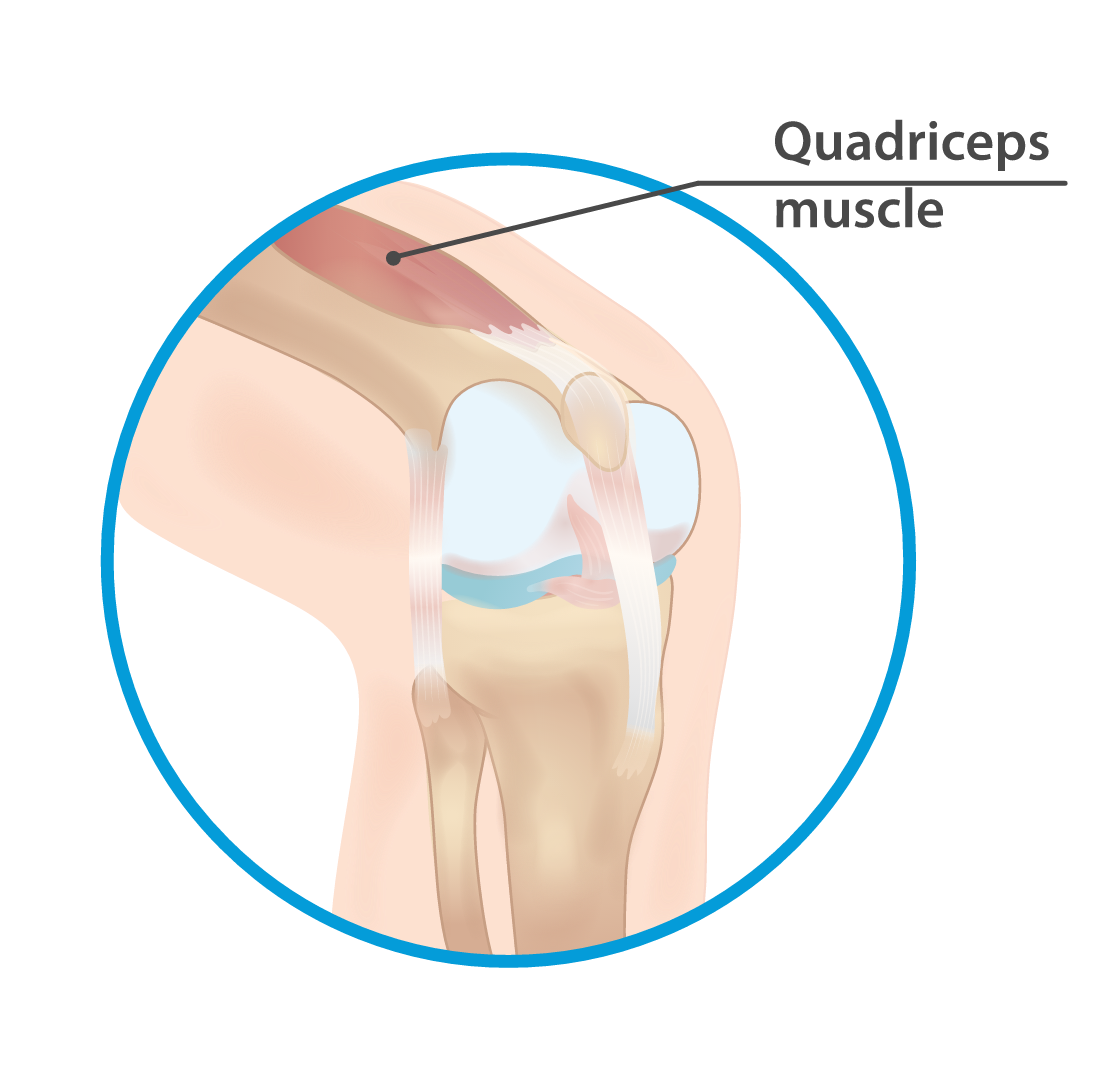
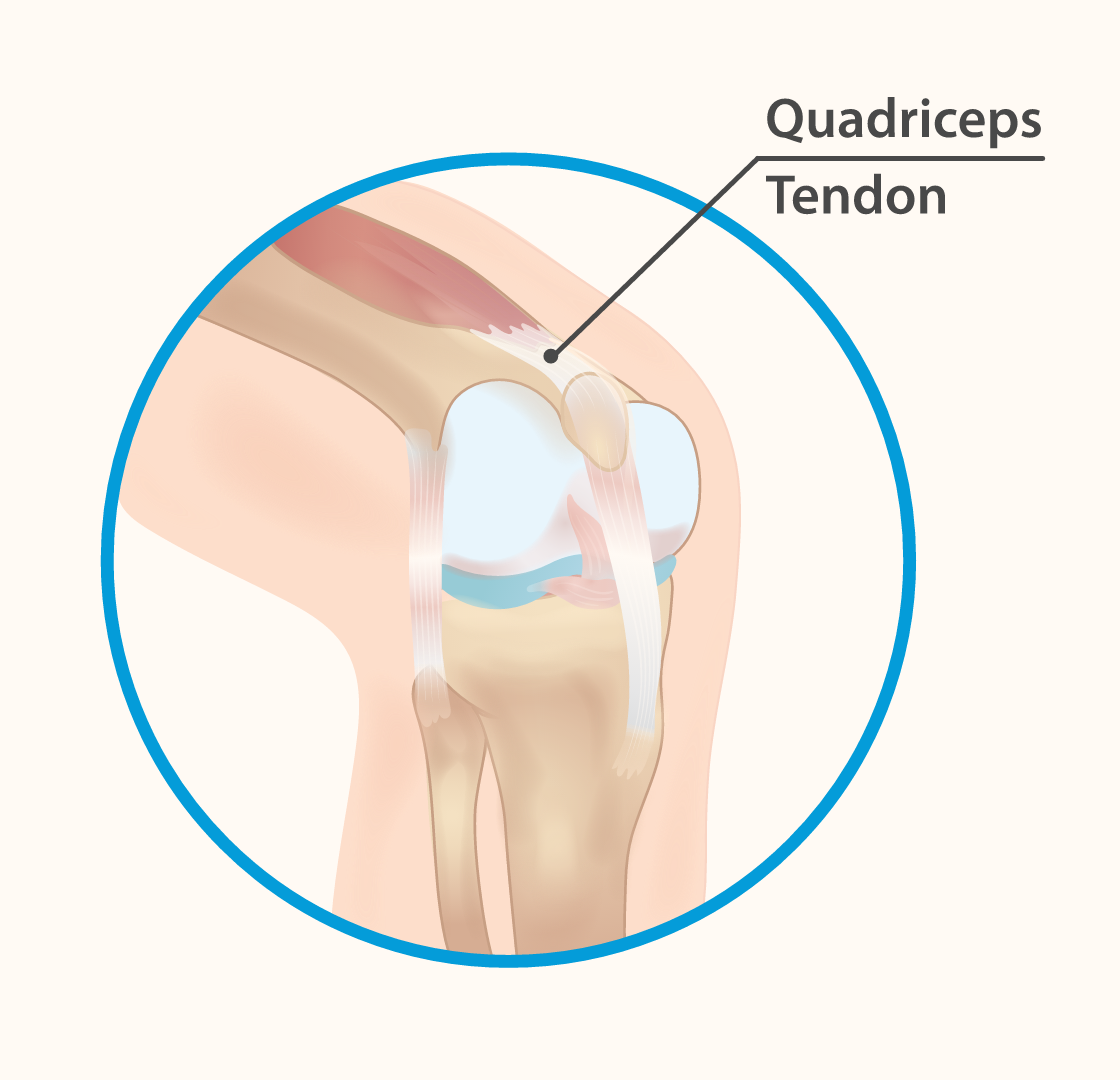
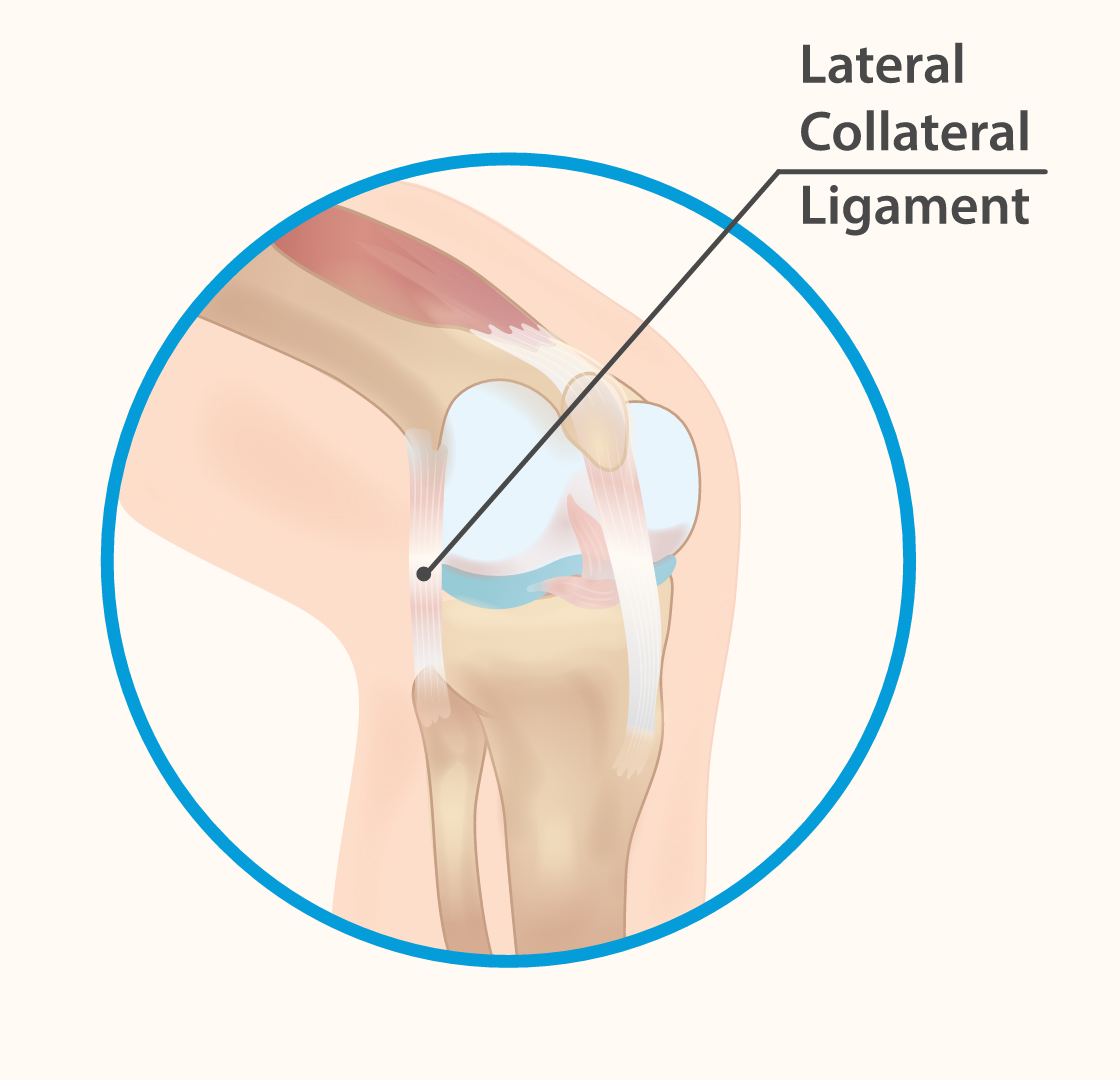
Any combination of muscles, ligaments and tendons injured can also be the cause of your symptoms. Cartilage and connective tissue can equally be involved with your injury.
So now that you know what can be injured, let’s discuss how it can be damaged:
Sprains
The more minor of the injuries. These occur at a joint when it stretches beyond its limits of movement. Sprains are characterised by swelling, pain and possibly even bruising due to blood vessels being damaged. One of the most common sprains is an ankle sprain, also commonly referred to as a “twisted ankle”. These can be quite painful initially. Walking may be difficult for you but if there is no ligament damage, then they will heal quite quickly.

Strains
These occur when a muscle, tendon or ligament is overstretched. They vary in severity and can often progress to tears. This is more likely, if they are left untreated for a prolonged time or if you return to exercise too soon. Common strain-like injuries include the quadriceps muscle, which can strain if the knee is bent back excessively or quickly.
A tendinopathy (previously known as tendonitis) is another form of strain. Muscle tendons are often irritated due to repetitive stress, commonly seen in the elbow with Tennis Elbow, or the Achilles Tendon in Achilles Tendonitis. Traditionally it was thought that the tendon was inflamed, however, current thinking by academics supports possible degenerative changes.

Tears
These are at the more severe end of the spectrum. They occur when fibres of a muscle, ligament or tendon tear either partially or completely by overstretching or contracting too quickly. A partial tear is incredibly painful, whereas a total tear or rupture will be painful initially but then sometimes less painful, as there are no fibres clinging on. If you experience a complete tear there will still be swelling and bruising and these can contribute to pain.
The most common types of tears are hamstring tears which are especially prominent in football players and sprinters as well as Anterior Cruciate Ligament (ACL) tears which occur in the knee when it is twisted beyond the available range of movement. Tears may require surgery to repair, especially in a ligament tear or tendon rupture, as they do not regenerate themselves. Some people can function without an ACL in their knee. But the knee will be lacking support, so they will require a large amount of strength in their hamstring and quadricep muscles in the thigh to compensate for the lack of stability.
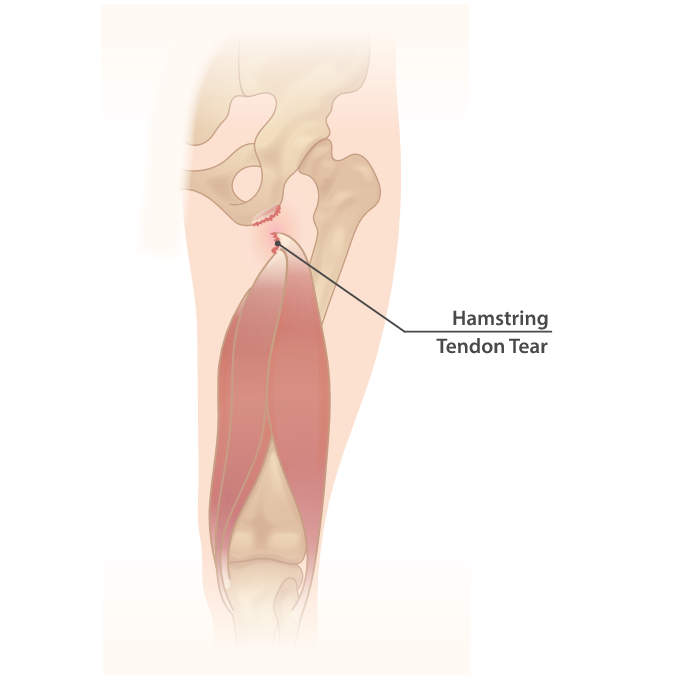
Injury prevention
Prevention really is the best form of cure, especially in the case of injuries. Here are some ways to lower your injury risk:
-
Make sure you spend enough time warming up at the beginning of exercise. Warm muscles are more flexible and less likely to tear. This should include some stretching.
-
Use appropriate equipment and footwear.
-
Don’t exercise beyond the point of pain and fatigue.
-
Incorporate adequate strength training even if your sport is cardiovascular based e.g. running.
-
Take care to increase training load gradually.
How do you treat an Injury?
For any acute injury treatment should follow the RICER principle for at least the first 48 hours. Whether it be a sprain, a strain or a tear, the goal is trying to minimise swelling and inflammation as well as relieve any pain. The body goes through natural inflammatory processes when injured. These are necessary to start the healing process. They also protect the injured body part. Swelling may be painful and irritating but it’s actually your body’s way of immobilising and protecting the joint.
So, what is RICER and why should you follow it?
R – Rest
Or “active rest”, more specifically. Avoid any aggravating activities and don’t perform any stretching. However, don’t stay completely on the couch. Being completely inactive and immobile can result in stiffness and weakness. Let pain guide you, as it is a good indication of how your body is managing. If something is painful, don’t push through it as you risk causing more damage, or at least delaying recovery.
If it’s your leg that’s injured (e.g. your knee or ankle,) you may need to use crutches to help with walking by reducing the amount of weight put through the injury.
I – Ice
Not just useful for drinks, ice can be a powerful pain reliever and anti-inflammatory. Apply it over the injury site, however, be careful not to put it directly onto the skin as it can burn. Only use it for a maximum of 20 minutes at a time to help protect the skin. Be extra careful over any area that doesn’t have full sensation, as you may not be able to feel if the ice is getting too cold, resulting in skin damage.
While normal freezer ice is ok, sometimes it’s more comfortable to use something softer, like a gel ice pack or even a pack of frozen pack of peas that can mould around an injured joint.
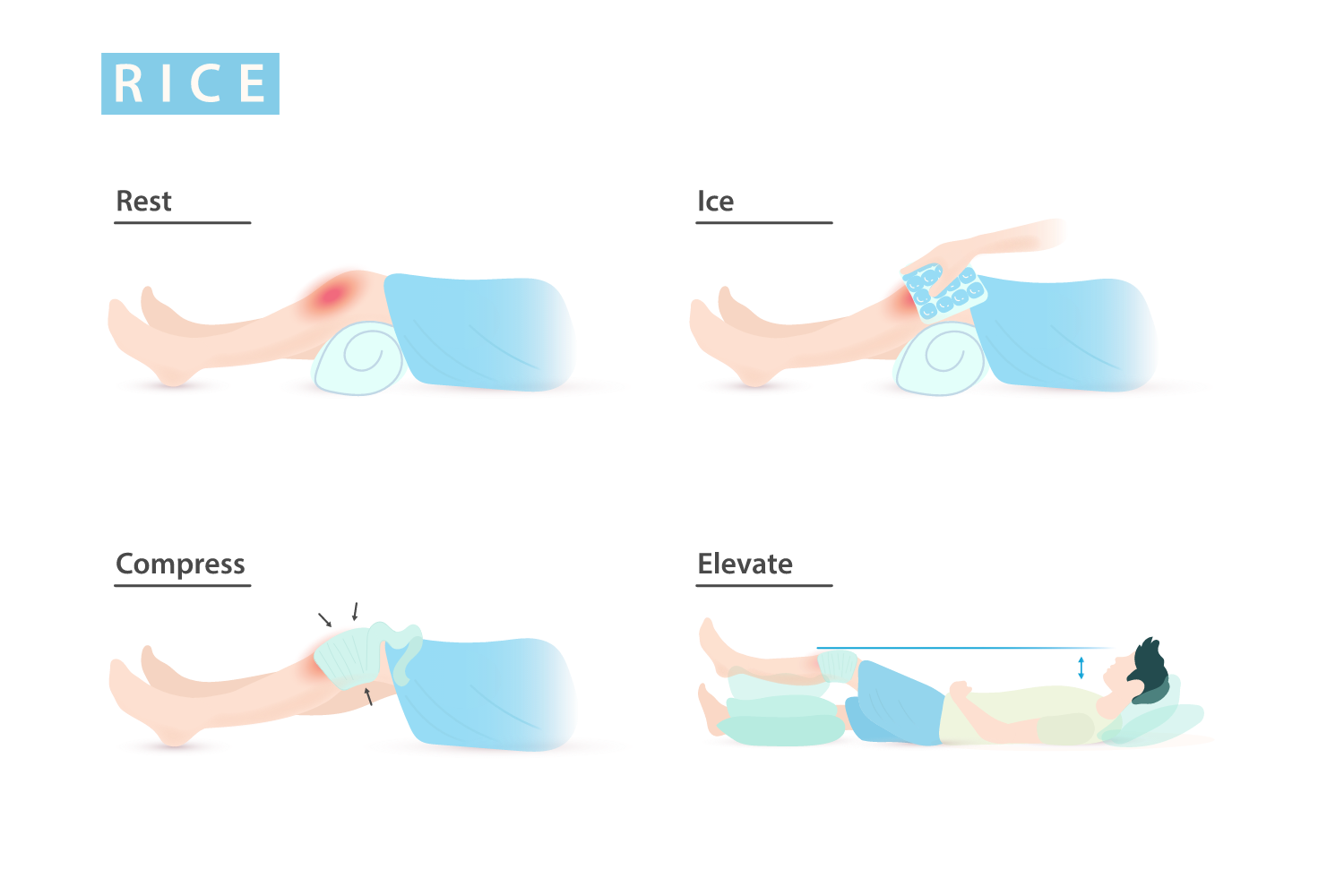
C – Compression
This helps minimise swelling and facilitate blood flow away from the injured area. For this reason, it can help to reduce bruising and bleeding as well. It is best applied over the injury as well as above and below.
You can use anything firm such as Tubigrip (a soft tubular bandage), crepe bandaging or even firm socks or tights. For example, if you roll your ankle during a football game, keep your football socks on. Medical grade compression stockings also work, if you have some sitting around at home.
It’s important to ensure the compression is not too tight and not digging or cutting into your skin anywhere, as this can cause more swelling as well as damage to the skin.
E – Elevation
Keep it up! Literally, ideally above the level of your heart to prevent swelling and minimise bleeding. If you have injured your foot or knee, keep your leg up on the couch or bed and even use pillows to further elevate it. If you have an injured hand, keep it up tucked into your collar.
R – Referral
You may need to seek medical opinion from an appropriate health professional, such as a doctor or physiotherapist for an accurate diagnosis. This may also include relevant investigations such as x-rays, Ultrasounds or MRIs if required. From there, treatment can be commenced.
NO HARM
During the initial 48 hours after injury it is also important to remember NO HARM.
That means no:
-
H – Heat: Don’t apply heat to an injury, no matter how much tight, stiff muscles love warmth. Heat can create more inflammation and swelling, as it encourages blood flow to the area.
-
A – Alcohol: Best to stick to non-alcoholic beverages to minimise swelling. Alcohol causes blood vessels to dilate which increases blood flow to an area, increasing bruising and swelling.
-
R – Re-injury or running: Avoid any aggravating activities and don’t return to sport too soon. Pushing an injury beyond its limits can delay recovery. You risk making your injury worse.
-
M – Massage: While it might be tempting to have a massage to release painful areas, try and hold off until after the acute phase., Massages encourage blood flow to the area and can actually cause more damage, bleeding and swelling.
So, you’ve survived the initial acute stages of an injury and it’s time to start the road to recovery. What are some of the things you can do to assist your rehabilitation?
Rehabilitation and recovery
Returning from injury can be incredibly frustrating but it’s so important to remain patient and complete each step before progressing to the next one. Everyone’s rehab will be different. Remember not to compare yourselves to others who have had the same injury. Injurymap is a great rehab tool for the treatment of muscle and joint injuries. All the exercises you’ll need are at your fingertips and you can track your progress.
Here are some tips to consider on your recovery journey:
1) Identify any factors that may have contributed to the initial injury
Have a think about what preceded the injury and if anything could’ve been prevented. This could be any number of things:
- a sudden increase in training load
- poor stability surrounding a joint
- restricted range of movement
- a muscle imbalance.
Narrowing down possible causes will help prevent reinjury in the future.
2) Provide support
Once you’ve regained function, it can still be helpful to add a little bit of extra support. This can be provided in various forms including, sports strapping tape, a brace e.g. knee or elbow brace or a splint.
Additional support can be great on your initial return to sport or activity. In the long run, you ideally want your muscles/ligaments to be doing the job on their own. Using braces and tape can make structures weaker, as they’re not having to work as hard on their own.
One suitable long term option is an orthotic. It can be worn inside your shoe – altering your gait and improving your running function.
3) Strengthening
Ligaments provide stability around a joint. If they have been injured, it’s important to focus on strengthening the muscles to take pressure off the ligament. A stronger muscle can hold a joint in place. This is especially the case in shoulder injuries where the muscles of the rotator cuff can be strengthened to provide better stability and avoid the risk of reinjury.
For specific exercise options make sure you check out Injurymap, which provides an entire library of strengthening exercises. You’ll be able to create your entire rehab program using the Injurymap app.
4) Eccentric strengthening
Usually, a muscle strengthens, when it’s in its shortening phase (the concentric contraction). Eccentric strengthening works in the reverse. It is a certain type of strengthening that means you’re working the muscle as it lengthens.
It can help improve muscle control and has been shown to even lengthen the muscle fibres. It’s a very helpful tool when strengthening after a muscle tear, as we want the fibres to be nice and long to avoid re-tearing.
5) Stretching and joint mobility
An injured body part has restricted movement for one of a number of reasons:
- After a tear there will be scar tissue as the fibres knit back together, a process your body undertakes in order to protect from tearing again.
- Sprains and strains can suffer from residual swelling resulting in a restricted range of movement.
- Stiffness can also be present if a joint has been immobilised and not moved for a period of time.
It either of the above apply, you will need to focus on regaining joint range of movement and also stretching to ensure muscle flexibility. Stretching should be a gradual process, trying to lengthen the muscles as well as increase the range of movement.
Injurymap catalogues various stretches that can assist with this challenge as well as many adaptations. While performing your stretching exercises, you should feel some tightness and discomfort but not to the point of pain.
It would be easier if we never hurt ourselves at all, of course. Having a good understanding of an injury and knowing how best to recover from it comes a close second. It can help enhance your rehabilitation. By putting together a rehab program using Injurymap, you can focus on your strength and flexibility, improve your function and reduce the risk of reinjury. This will boost you back on track and get you back to the life that you were built to live.
Best of luck and stay healthy!
